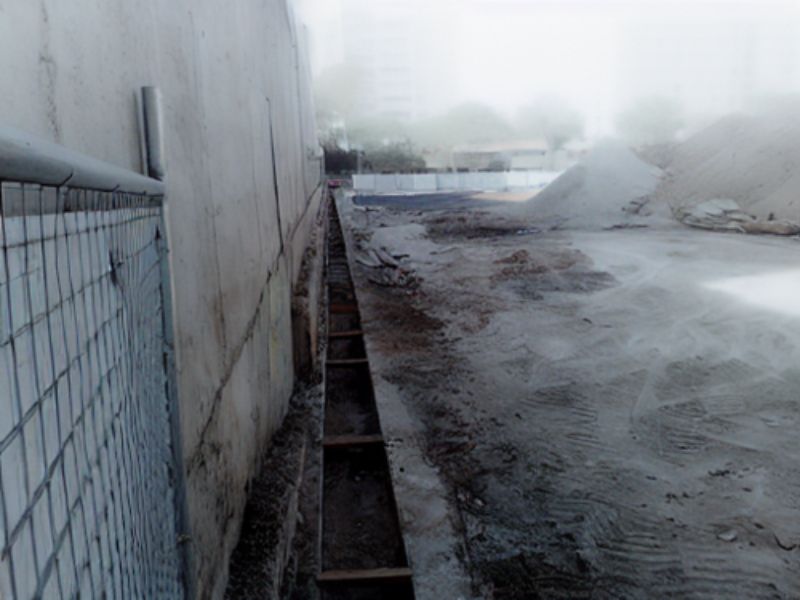In the domain of structural designing and development, the wording encompassing various sorts of walls can once in a while be confounding. Two firmly related at this point particular procedures frequently talked about are Slurry Walls and Diaphragm Walls. While they share likenesses in their development cycle and reason, each serves novel capabilities and has explicit applications. Let’s dig into the subtleties that recognize these two sorts of walls and investigate where they are different.
A Brief Understanding Slurry Walls
Slurry Walls: An Outline
Slurry walls, otherwise called slurry channel walls, are a kind of subterranean hindrance developed utilizing a combination of bentonite mud and water, which frames a thick slurry. During the construction process, this slurry is used to support the trench excavation and prevent collapse.
How are they constructed:
The development of a slurry wall normally starts with the uncovering of a channel to the ideal profundity utilizing specific gear. As the channel is uncovered, the slurry is ceaselessly siphoned into the channel to keep up with dependability and forestall soil breakdown. When the channel arrives at the necessary profundity, supporting steel is embedded, and concrete is used to fill the channel. After the substantial sets, the slurry is then eliminated.
Applications of Slurry Walls:
Slurry walls have an application in different situations, including:
– Environmental remediation projects to stop the spread of contaminants and keep them in check.
– Construction of barriers against water ingress along the waterfront.
– Underground designs, for example, storm cellars and tram stations.
Deciphering Diaphragm Walls:
Diaphragm Walls: Unraveling the Construction Technique
Diaphragm walls, otherwise called slurry walls in certain locales, are upward underlying components used to create strong barriers against water and soil. Dissimilar to slurry walls, diaphragm walls are fundamentally built to offer structural support and integrity to underground designs.
Construction process:
The development process of diaphragm walls is similar to slurry walls, including the unearthing of a channel and the utilization of a bentonite slurry for help. Be that as it may, in diaphragm walls, the channel is uncovered utilizing an extraordinary clamshell or snatch container connected to a crane. When the channel is uncovered to the expected profundity, support steel confines are brought down into the channel, and cement is poured in ceaseless activity.
Common applications for diaphragm walls include:
– Profound cellar development for elevated structures and underground stopping structures.
– Burrowing activities to give soundness and forestall water entrance.
– Holding walls for underground transportation frameworks.
Looking at the differences:
While Slurry Walls and Diaphragm Walls share similarities in their construction process and use of slurry for excavation support, several key distinctions set them apart:
- Purpose:
Slurry walls serve as barriers against water and soil contaminants, whereas diaphragm walls provide structural support and integrity to underground constructions and make them stable.
- Construction Method:
While the two walls utilize slurry for removal support, Diaphragm walls are regularly built utilizing particular gear, for example, clamshell cans joined to cranes, empowering nonstop pouring of cement.
- Applications:
Diaphragm walls are preferred for deep basements, tunnels, and retaining walls where structural support is essential, whereas slurry walls are frequently used in environmental remediation and waterfront construction.
Wrapping Up
In the domain of structural designing, the differentiation between Slurry Walls and Diaphragm Walls lies in their planned reason, development strategy, and applications. While they might seem similar in specific perspectives, understanding their differences is significant for choosing the suitable strategy for the construction venture.
Whether it’s containing toxins or giving primary uprightness, the two walls assume imperative parts in the development business, each with its own novel assets and applications.
